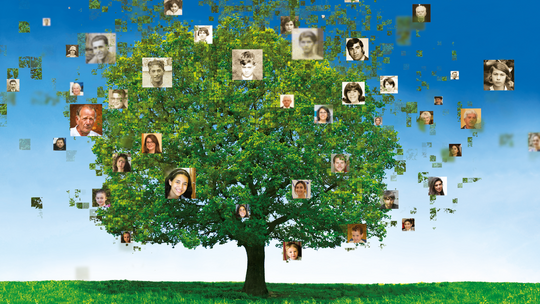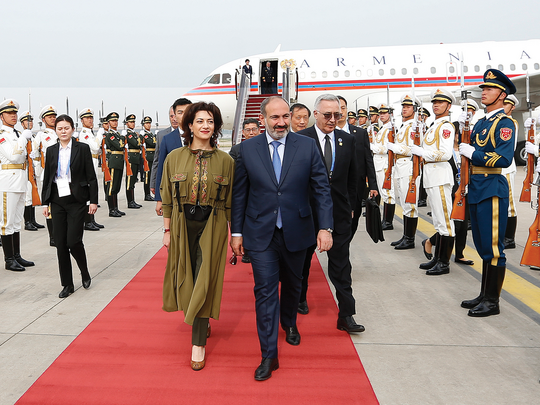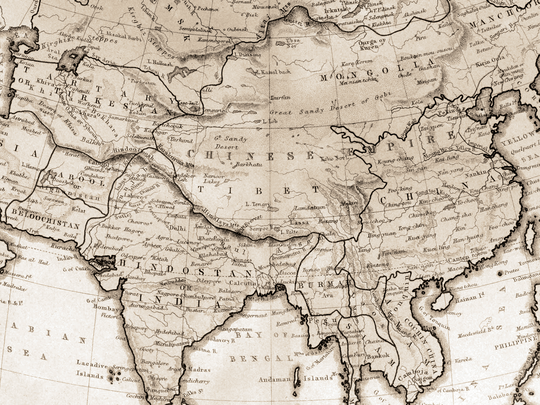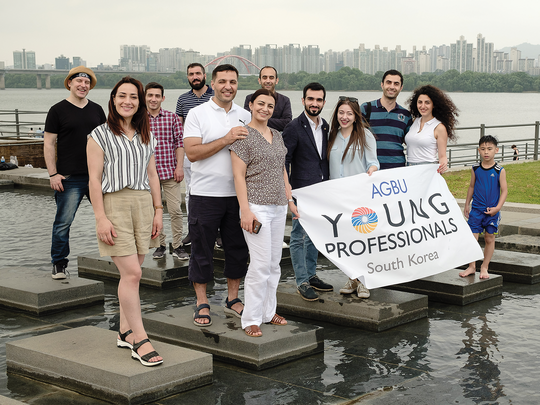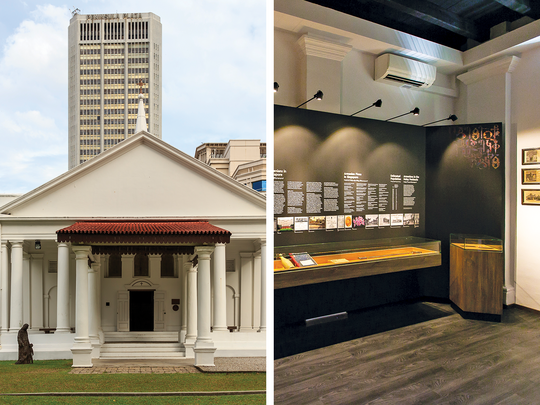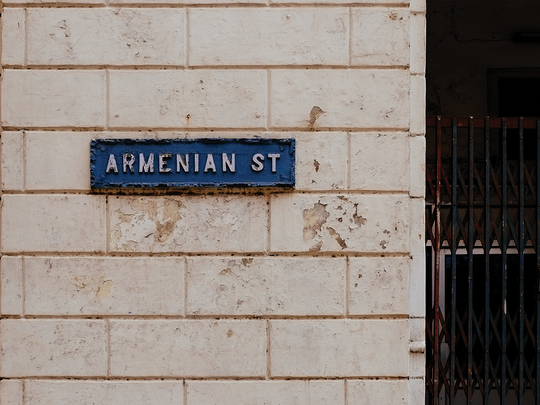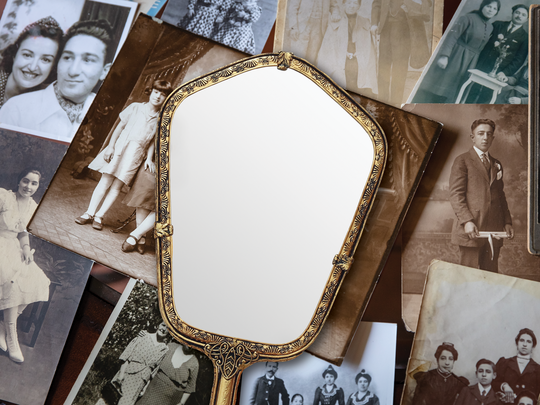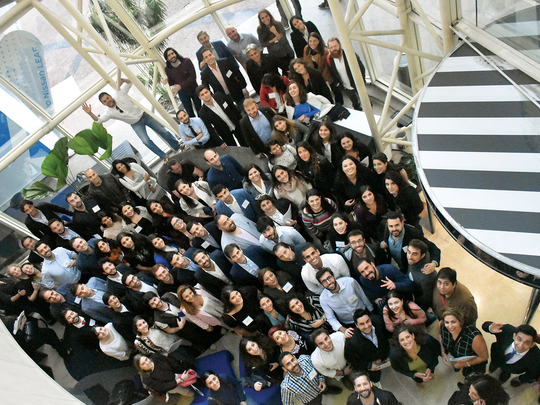In 2013, the trajectory of the life of Kansas City resident Tracy Keeney would forever change when she discovered an old shoebox hiding in the back of her late grandmother’s closet. Armenian on her mother’s side, Keeney never lived in, nor even near, an Armenian community. All she really knew about her heritage revolved around her great-grandparents being the sole Genocide survivors in their families. Though her mother attempted to trace her family tree over the years, she never found anything useful. The photo in the shoebox changed all that.
Peering into the box for the first time together, mother and daughter carefully pulled out a collection of photographs that appeared to be from from the late 19th or early 20th century, based on the traditional Armenian clothes some of the subjects were wearing. Keeney asked her mother if she recognized any of the people. One “I don’t know” followed another. The nameless ancestors captivated Keeney. Who could they have been? Did they survive the Genocide? And how, after so much time and so many miles from home, could their names be known again?

One photograph in particular caught Keeney’s attention. A family portrait seemingly taken in the 1920s, possibly in the United States, pictured two sharply dressed parents and their six beautiful children. “To this day, I still can’t really put into words what I felt,” says Keeney, “but the way that picture seemed to draw me in, it was as if the mother’s eyes were calling to me—‘Find me.’”
And so she set off to do just that.
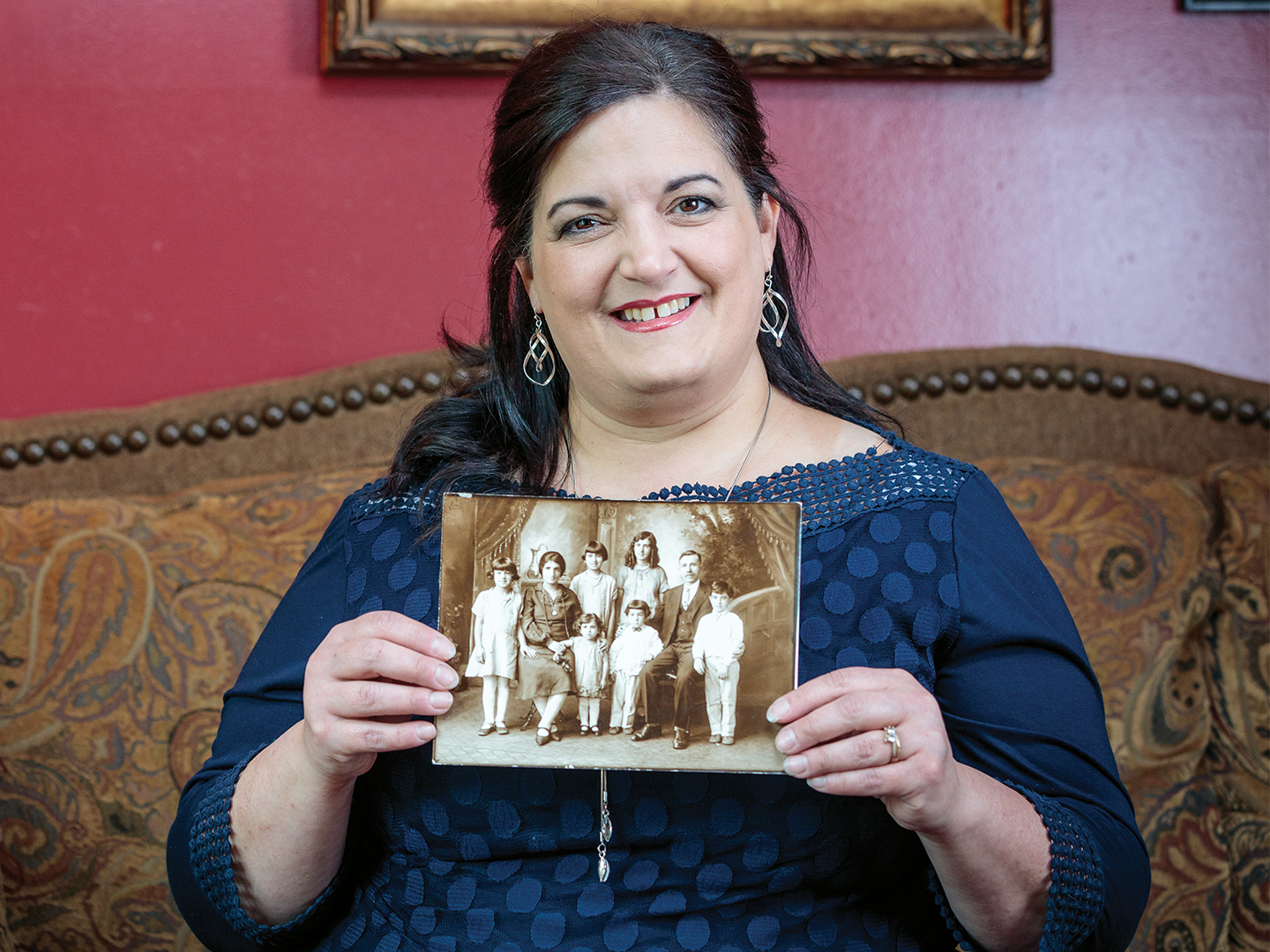
The human preoccupation with blood lineage is as fundamental as the Old Testament’s Book of Genesis, in which successive generations of ancestors of the Bible’s main characters are exhaustively accounted for, thus setting the foundation of society with family at its core. As such, it should come as no surprise that the advent of the digital age has ignited a global revival in the search for one’s roots—otherwise known as genealogy, the study of family trees.
With instant online access to detailed records from archives dating back centuries, the questions of “Who am I and how did I get here?” have never been more relevant or urgent. This is all the more so for persons and groups whose family portraits have been torn to pieces due to wars, natural disasters, mass migrations, genocide, and dispersions, as well as destruction of official documents by governments intent on misappropriating privately owned land and other property.
Curious Armenians like Keeney have many questions about their ancestral past. Often, quietly from their own homes, they are not only deciphering their family histories, but also creating the networks and organizing the resources by which other Armenians can establish connections with their long-lost family members. Some are even uncovering a storied heritage they never knew existed. Through technological advances unthinkable mere decades ago, the veil concealing Armenian family histories is being lifted, revealing information with compelling implications for the future.
For the Armenian Nation, the genealogical movement is driven largely by the work of Armenian hobbyists, scientists, amateur sleuths, and dogged detectives, as well as the curious and reawakened worldwide. The quest to retrace family bloodlines in the information age presents a unique opportunity to restore the torn pages of the long and winding story of the Armenian people.
“Not long ago, we assumed the ability to find lost relatives had disappeared forever with time and the deaths of our ancestors, many whose stories died with them. However, technology has made reclaiming our past possible in ways we never imagined,” remarked George Aghjayan, one of the most active thought leaders in the Armenian genealogy community. “The key to unlocking these lost relationships has been within us the whole time.”
Leaves in the Wind
For many Armenians, there is another important question in mind: Who came before 1915? The profound understanding of the scale of destruction brought on by the Genocide of 1915 that unraveled indigenous communities across historical Armenia and Ottoman Turkey can be at once haunting and daunting. With Armenia divided between three empires at war, searching for these ancestors and identifying their names can be a painstaking process as each leaf is reattached to its rightful branch, filling in the foliage of our family trees, the home of our roots. Simply put, reconstructing a family tree to include the generations before these Genocide survivors can be challenging, even in the digital age.
“Not long ago we assumed the ability to find lostrelatives had disappeared forever with time and thedeaths of our ancestors, many whose stories diedwith them. However, technology has made reclaimingour past possible in ways we never imagined.”
For Armenians with roots in the United States around the time of the Genocide, online genealogical databases such as the Ancestry.com or the free FamilySearch.org can be a helpful
first step. These web sites, along with advanced Google searches, helped Keeney use the names of her great-grandparents’ siblings to find their marriage announcements and obituaries, which named not only their children, but also their grandchildren.
Simply entering a last name might bring up everything from the original ship manifest that brought one’s ancestor to the U.S, military enlistment records from World War I and II, and census records of all Americans through 1940 to birth and death records. Even for those with an existing family tree passed down through the generations, primary resources such as these will very likely add an impressive level of detail to one’s information, even revealing previously unknown ancestors.
For searches outside of the United States, especially in countries in the Middle East, Europe, and Armenia, FamilySearch.org offers many collections of images taken from archives that can reveal important information. For example, the database contains thousands of records from the Armenian National Archives, including photos of Armenians who repatriated to Soviet Armenia during the 1920s-1940s. One particularly interesting list details Armenian Genocide survivors from the village of Arabkir in Turkey who sought refuge in Soviet Armenia, forming a community on the outskirts of Yerevan called Nor Arabkir—now part of Yerevan’s Komitas district. Many from this village also immigrated to the United States, but, due to the Iron Curtain, communications between the two communities were rare. Such records bridge the gap by almost a century.
The Armenian Genome
Luckily, with the advent of commercial DNA testing, one vial of saliva or a quick cheek swab can unlock secrets lost to time, violence, and political repression. Though this technology is still in its relative infancy, and there are many misconceptions surrounding what it can and cannot do, it has proven to be a useful tool in reaching past the Genocide, resulting in reuniting family members.
While advertising campaigns famously herald these tests as a way to determine the exact ethnic profile of an individual, that is actually their least useful feature for genealogists. Calculations made to assign ethnicities are based on algorithms of previous DNA research, which in
the case of Armenians, is very limited. Major websites such as AncestryDNA and 23andMe continue to update their algorithms to identify Armenians more accurately. Until very recently, an Armenian’s DNA report would not only trace back ancestors from the Caucasus and Middle East, but often inaccurately report a percentage of ancestors from Greece, Italy, and locations in Europe with populations of Ashkenazi Jews.

What is less publicized is that these tests also reveal how closely someone is related to others in their database, going back hundreds of years. Such data is far more helpful to genealogists but, again, the data has to exist to be matched.
Due to the loss and destruction of untold volumes of documents detailing Armenian life before the Genocide, and given that most official Ottoman censuses remain classified by the Turkish government, many Armenians hit dead ends within a generation or two prior to the Genocide. But with the state of technology advancing at an ever faster pace, there’s no telling what the future will hold in revealing our ancestral past.
Until then, finding out whose shoulders we stand on as descendants of an ancient nation requires time, patience, and a special calling, which a handful of individuals and groups are providing to the public as volunteers. Armed with an arsenal of digitized documents, personal stories, and DNA matches, Armenians are growing a branch of genealogy all their own.

Texas Homecoming
One of the least likely places one would expect to find multiple generations of Armenian ancestry is rural Texas. Yet a long line of native-born Texans turn out to be descendants of an Armenian named Hachadoor Donigian, who migrated to America in 1882 from Geyve (Orta Koy) in the kaza of Ismet. Thanks to social media and genealogy technology, members of the Donigian family tree have been able to explore their ethnic roots, learn more about their ancestor’s journey, and connect with their Armenian identity.
According to descendant Ava Henry, Hachadoor Donigian was the patriarch of the first complete Armenian family unit to immigrate to the U.S., where he promptly started a chain of migration to Texas. These Armenians were offered free or cheap land. They became farmers, cotton ginners, merchants, and leaders of the community.
Many of their ancestors settled in Waller County, in southern Texas, learned English, made their fortunes, then migrated to other regions of the country where other successful Armenians resided.
In July 2017, 120 descendants of Donigian attended their first “Armenian Homecoming” event. In April 2019 (above), they held a second reunion, this time open to all Armenians looking to celebrate their ancestors and heritage.
Henry stressed that the Armenian Genealogy Facebook group, and especially Mark Arslan’s Armenian Immigration Project, have been invaluable in revealing this remarkable ancestral immigration story. Several family members had their DNA tested to further discover far-flung relations. Ancestry and FamilySearch have helped in identifying descendants of the ancestors that had left Waller County for opportunities elsewhere. Some of these new leaves in the Donigian family tree attended the 2019 event, extending the ties that bind.
Banner photo by lamax / Adobe Stock

